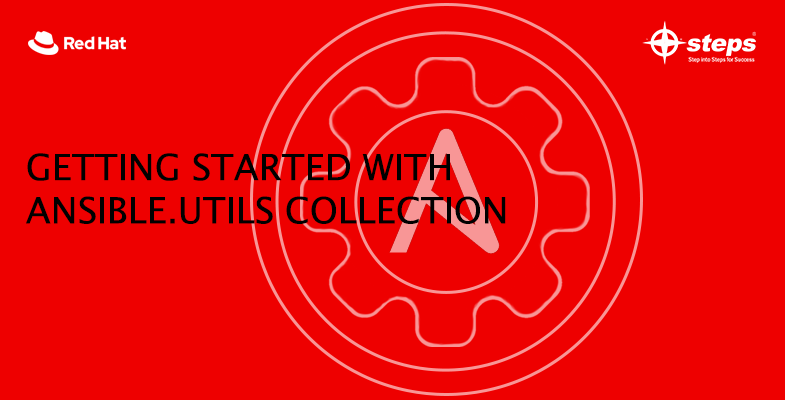Manage Layered Local Storage with Stratis on RHEL 8

The present local storage solution in RHEL includes many stable and powerful technologies, like the device mapper (dm), the logical volume manager (LVM), and the XFS file system. Features provided by these technologies include massively scalable file systems, snapshots, redundant (RAID) logical devices, multipathing, thin provisioning, caching, deduplication, and support for virtual machines and containers. Each storage layer (dm, LVM, and XFS) is controlled by using layer-specific commands and utilities, requiring that system administrators manage physical devices, fixed-size volumes, and file systems as separate storage components.
In a volume-managed file system, file systems are built inside shared pools of block devices with thin provisioning. Stratis file systems do not have predefined sizes and no longer preallocate unused storage blocks. Although the file system is still built on a hidden LVM volume, Stratis manages the block volume for you and can expand it when needed.
Stratis uses metadata to identify managed pools, volumes, and file systems. Therefore, file systems created by Stratis should never be reconfigured manually; they should only be managed using Stratis tools and commands.
Describing the Simplified Storage Stack

Stratis reduces complexity of local storage provisioning and management across a range of products. For example previous versions of the Anaconda installer, system administrators had to layer each aspect of disk management over the other. Currently, the Anaconda installer uses Stratis, simplifying disk management. Stratis makes it easier and less error prone to manage storage space and snapshots. Stratis makes easier integration with the higher-level management tools.
Differnces of Stratis from ZFS or Btrfs
1. Stratis focuses on being easy and safe to use. This is important for the system administrator, who may go for long stretches of time between interactions with Stratis
2. Stratis supports automation by providing a first-class API, so system administrators and software tools can use Stratis directly.
Stratis provide a simplified solution for storage management. To understand more in detail about these methods you can approach to the best Linux server administration training centers in Kochi to get your path on the right track. Always learn to understand more with Linux server administration courses in Kochi so that you can expertise in your field. With efficient training solutions and hands on experience succeeding throughout your career would definitely be easy.



